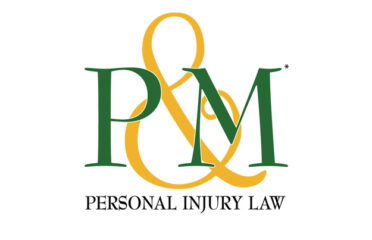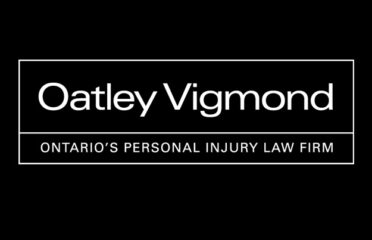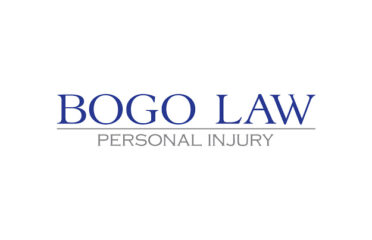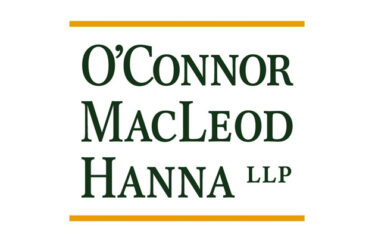What is Medical Malpractice Law in Canada?
Medical malpractice law in Canada governs the legal recourse available to patients who suffer harm due to substandard medical care. With Canada’s universal healthcare system handling millions of medical interactions annually, malpractice claims present complex challenges balancing patient rights with healthcare provider protections. This 1,000-word guide examines the legal framework for medical negligence claims, key elements of successful cases, damage calculations, and recent developments in Canadian malpractice litigation.
1. Foundations of Medical Malpractice Law
A. Legal Basis
Canadian medical malpractice claims operate under negligence law, requiring plaintiffs to prove:
-
The healthcare provider owed a duty of care
-
The provider breached the standard of care
-
The breach directly caused injuries
-
The injuries resulted in compensable damages
Statutory Framework: Provincial health acts and the Canada Health Act inform standards, while common law precedents shape litigation.
B. The Standard of Care
Courts apply the “reasonable physician” test – whether the provider acted as a prudent colleague would in similar circumstances (ter Neuzen v. Korn [1995]). Specialists are held to higher standards than general practitioners.
2. Key Types of Medical Malpractice Claims
A. Diagnostic Errors (32% of claims)
-
Failure to diagnose (e.g., missed cancers)
-
Delayed diagnosis
-
Misdiagnosis leading to improper treatment
Case Example: Armstrong v. Royal Victoria Hospital (2019) – $10M award for delayed cancer diagnosis.
B. Surgical Errors (28% of claims)
-
Wrong-site surgery
-
Anesthesia mistakes
-
Post-operative infections
-
Retained surgical instruments
C. Medication Errors (15% of claims)
-
Incorrect dosages
-
Dangerous drug interactions
-
Pharmacy dispensing mistakes
D. Birth Injuries (12% of claims)
-
Cerebral palsy from oxygen deprivation
-
Brachial plexus injuries
-
Failure to perform timely C-sections
E. Informed Consent Violations
Doctors must disclose:
-
Nature of treatment
-
Material risks (even 1% probability if serious)
-
Reasonable alternatives (Reibl v. Hughes [1980])
3. The Litigation Process
A. Pre-Lawsuit Requirements
-
Notice periods: As short as 60 days in some provinces
-
Expert reports: Usually needed before filing (except Quebec)
-
Limitation periods: Generally 2 years from discovery (varies by province)
B. Key Stages
-
Statement of Claim: Outlines allegations
-
Discovery Phase: Exchange of medical records, expert reports
-
Trial: Typically 2-4 weeks for complex cases
Duration: 3-7 years from incident to resolution.
4. Proving Medical Negligence
A. Expert Evidence
Plaintiffs must present testimony from qualified medical experts to:
-
Establish the standard of care
-
Show how the defendant deviated
-
Demonstrate causation
Challenge: The “code of silence” makes finding expert witnesses difficult.
B. Causation Tests
-
“But for” test: Would harm have occurred without negligence? (Clements v. Clements [2012])
-
Material contribution: For cases with multiple potential causes (Hanke v. Resurfice [2007])
5. Damage Awards in Canada
A. Compensable Categories
-
General Damages (pain/suffering)
-
Capped at ~$400,000 (2024 adjusted from Andrews v. Grand & Toy [1978])
-
-
Special Damages
-
Medical expenses
-
Lost income
-
Future care costs (often largest component)
-
-
Punitive Damages
-
Rare (requires malicious conduct)
-
B. Notable Awards
-
$29M (Peters v. University Hospital – catastrophic birth injury)
-
$15M (Brimner v. Viau – surgical error causing paralysis)
-
$1.2M general damages (XYZ v. Toronto Hospital – sexual abuse by physician)
Reality Check: 60% of successful claims settle for under $500,000.
6. Defenses Against Malpractice Claims
A. Standard Defenses
-
Meeting standard of care
-
No causation (injury would have occurred anyway)
-
Contributory negligence (patient non-compliance)
-
Statute of limitations
B. Systemic Protections
-
CMPA Protection: 95% of Canadian doctors covered by the Canadian Medical Protective Association (CMPA)
-
Tort Reform: Caps on non-pecuniary damages
-
Apology Laws: Statements of regret inadmissible as evidence
7. Provincial Variations
A. Quebec (Civil Law System)
-
No requirement for pre-trial expert reports
-
Higher success rate (38% vs 20-25% elsewhere)
-
Patient Compensation Plan for no-fault obstetrical injuries
B. Ontario
-
60-day notice requirement
-
Excellent Care for All Act mandates disclosure of adverse events
C. British Columbia
-
Health Care Costs Recovery Act allows government to recoup treatment costs
8. Recent Developments (2023-2024)
A. Virtual Care Liability
-
Malpractice claims related to telemedicine rising
-
Jurisdictional issues in cross-border telehealth
B. AI-Assisted Diagnosis
-
Emerging liability for algorithm errors
-
Health Canada considering regulatory framework
C. Long COVID Claims
-
Increasing disputes over disability recognition
D. Sexual Misconduct Cases
-
Colleges imposing stricter disciplinary measures
-
Civil claims bypassing CMPA coverage
9. Alternatives to Litigation
A. College Complaints
-
Provincial medical regulators can impose sanctions
-
No financial compensation
B. Hospital Resolution Programs
-
Some institutions offer early settlement
C. No-Fault Proposals
-
Push to expand Quebec-style models for birth injuries
10. Case Study: Ediger v. Johnston (2013 SCC)
This Supreme Court ruling:
-
Clarified causation standards
-
Upheld $4M award for birth injury
-
Emphasized “robust and pragmatic” approach to evidence
11. Practical Considerations
For Patients:
-
Document all symptoms/treatments
-
Request complete medical records promptly
-
Consult lawyers specializing in malpractice
For Providers:
-
Maintain thorough documentation
-
Obtain informed consent properly
-
Report incidents to CMPA immediately
12. The Future of Malpractice Law
Emerging trends include:
-
Predictive analytics assessing claim risks
-
Alternative compensation models
-
Interprovincial licensure complicating jurisdiction
-
Genetic testing redefining causation
Conclusion
Canadian medical malpractice law walks a delicate line between compensating injured patients and protecting healthcare providers from frivolous claims. With rising healthcare costs and increasing patient expectations, the system continues evolving. While litigation remains challenging, recent procedural reforms and technological advances promise to make the process more accessible for legitimate claims.
As Chief Justice Beverley McLachlin noted in Clements: “The law of negligence seeks to impose liability only where it is right to do so.” Canada’s medical malpractice framework strives to maintain this balance while ensuring accountability in our cherished healthcare system.






















